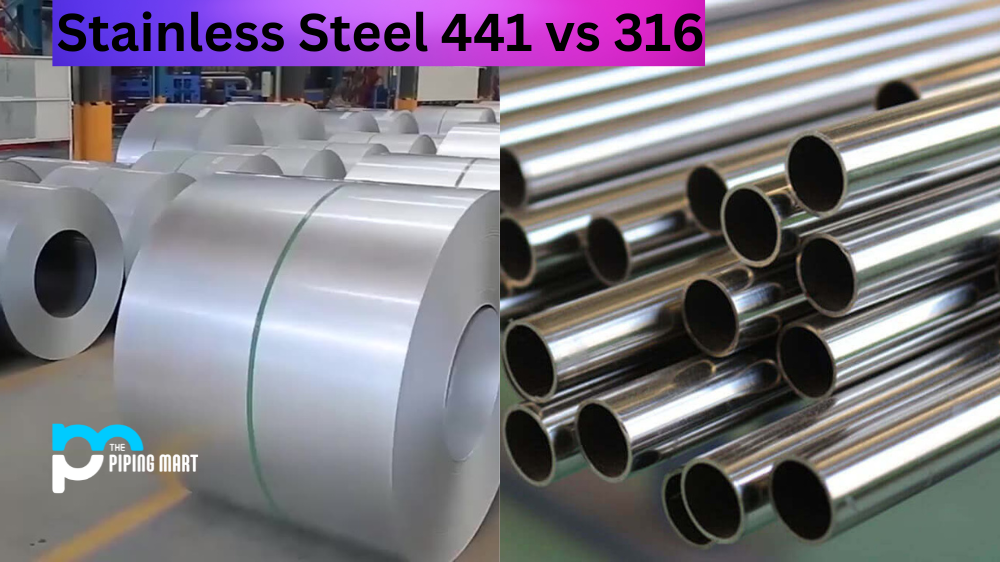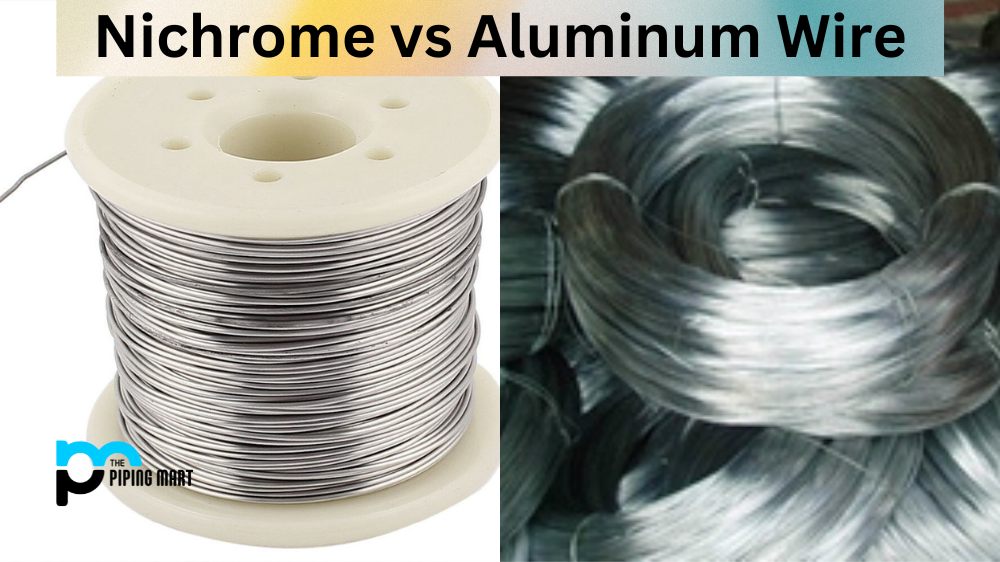In the world of stainless steel, there are several different grades to choose from. Two of the most common grades are 441 and 316. Both of these grades offer excellent corrosion resistance, durability, and strength, but they have a few key differences that you should be aware of when deciding which grade is right for your project. Let’s take a closer look at stainless steel 441 vs 316.
Difference Between Stainless Steel 441 and 316
Chemical Composition
The primary difference between stainless steel 441 and 316 lies in their chemical composition. While both grades contain similar amounts of chromium (17-19%), molybdenum (0.5-1%), and silicon (0.3%), the difference is in the nickel content; 441 contains 0-0.8% nickel while 316 contains 2-3%. This difference in nickel content gives each grade its own distinct characteristics.
Corrosion Resistance
When it comes to corrosion resistance, both stainless steel 441 and 316 offer excellent protection against many common corrosive agents such as acids, alkalis, and chlorides. However, when exposed to high temperatures or constantly changing temperatures (such as hot/cold water cycles),316 is more resistant to corrosion than 441 due to its higher nickel content. Additionally, if you plan on using your stainless steel in a marine environment or other areas with high levels of salt water exposure, then 316 would be your best option due to its higher resistance to pitting corrosion caused by saltwater exposure.
Strength & Durability
When it comes to strength and durability, both types of stainless steel offer excellent performance in extreme conditions such as high temperatures or cold temperatures. However, due to its higher nickel content, 316 offers better strength at elevated temperatures than 441 does; this makes it ideal for applications such as heat exchangers where the temperature often fluctuates or reaches high levels very quickly. Additionally, due to its lower nickel content, 441 is generally easier to form than 316 is; this makes it an ideal choice for applications where complex shapes are required, such as automotive exhaust systems or kitchen equipment components like food processors or blenders that require intricate shapes for efficient operation.
Chemical Composition
One of the primary differences between stainless steel 441 and 316 is their chemical composition. Stainless steel 441 contains more chromium than 316, which gives it better corrosion resistance. Additionally, 441 contains titanium, which gives it better strength and hardness.
Cost
Another difference between 441 and 316 stainless steel is their cost. 441 is typically more expensive than 316 due to its higher chromium content. However, 316 may be more expensive in some cases due to its higher molybdenum content.
Uses
Each type of stainless steel has different ideal uses due to its unique properties. Stainless steel 441 is often used in applications where good corrosion resistance is required, such as automotive exhaust systems. Stainless steel 316 is often used in food processing and medical equipment due to its high resistance to corrosion from acids.
Welding
Welding is another area where there are some differences between 441 and 316 stainless steel. Four hundred forty-one can be welded using all standard welding methods, but 160 should not be welded using oxyacetylene welding due to the risk of cracking. Additionally, 316 should not be welded at temperatures below -60 degrees Celsius (-76 degrees Fahrenheit) as this can also cause cracking.
Forming
441 stainless steel can be easily formed using all standard methods but316 may require more force due to its higher hardness. Additionally, 316 should not be cold worked below -100 degrees Celsius (-148 degrees Fahrenheit) as this can lead to embrittlement.
Heat Treatment
441 stainless steel can be heat treated at temperatures between 1900 and 2050 degrees Fahrenheit (1038-1121 degrees Celsius). However,316 should not be heat treated above 1700 degrees Fahrenheit (927 degrees Celsius) as this can lead to sensitization and intergranular corrosion
Conclusion:
When deciding between stainless steel 441 vs 316 for your project, there are several factors that need to be taken into consideration, including chemical composition, corrosion resistance, strength & durability. Ultimately, the choice depends on the specific application requirements, environmental conditions, and desired outcome. With careful consideration, you can make an informed decision about which grade is best suited for your project.
Meet Heer, a dynamic and driven writer learning tricks of her trade in the metal industry. With a background in Digital Marketing, Heer brings a unique perspective to her writing, sharing valuable insights. Apart from blogging she like reading and hiking.




